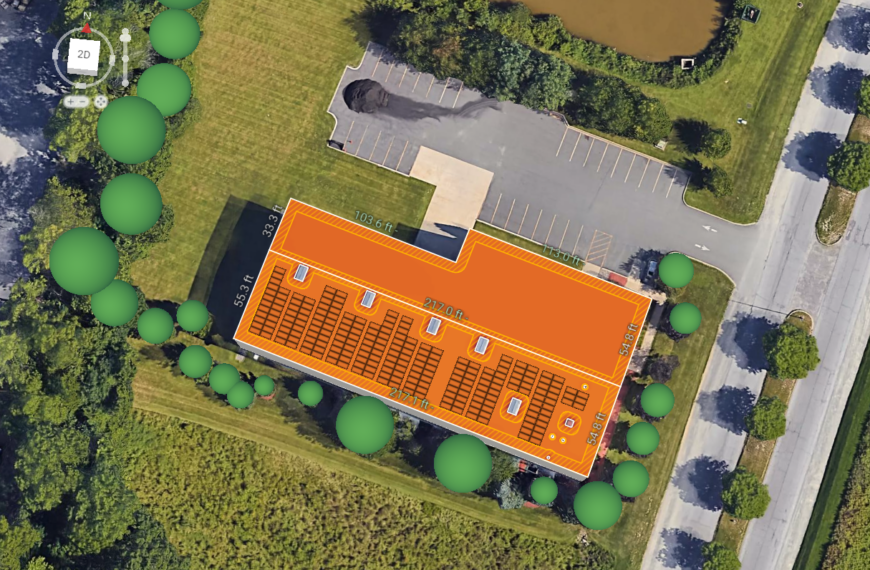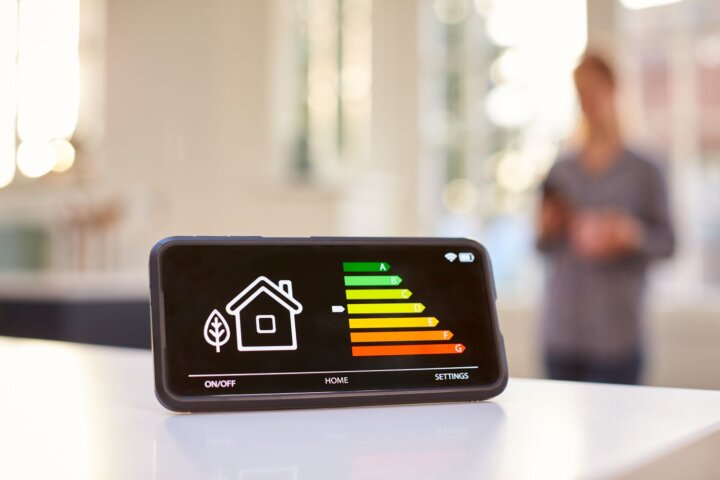What is Irradiance?
Irradiance is the measure of radiant flux received by a surface per unit area. In the context of solar energy, it represents the intensity of sunlight hitting a solar module’s surface.
Why Consider Irradiance in Solar Module Placement?
Optimal placement of solar modules is crucial for maximizing energy harvest. Ensuring there are no obstructions allows the system to capture the maximum amount of sunlight.
Maximizing Solar Harvest with Aurora’s Irradiance Feature
Aurora’s irradiance feature simulates the sun’s path for every daylight hour throughout the year, calculating irradiance and solar access percentages for all roofs and modules on your site. This simulation helps in identifying the best locations for placing modules, considering factors like tilt and orientation.
Visualizing Solar Potential
The irradiance map in Aurora provides a detailed view of insolation (the amount of solar energy in kWh) and shade readings (including solar access, TOF, and TSRF in percentages) across the roof and modules. The color-coded scale on the map visually highlights areas with the highest solar potential, facilitating precise and optimal design decisions.
Ensuring Compliance with Regulations
Having the Total Solar Resource Fraction (TSRF) above 80% assures that the design complies with city, town, and state regulations. This compliance is crucial for the approval and efficient operation of your solar installation.
By leveraging Aurora’s advanced features, we can ensure that your solar installation is both efficient and effective, maximizing energy production throughout the year while adhering to regulatory requirements.








